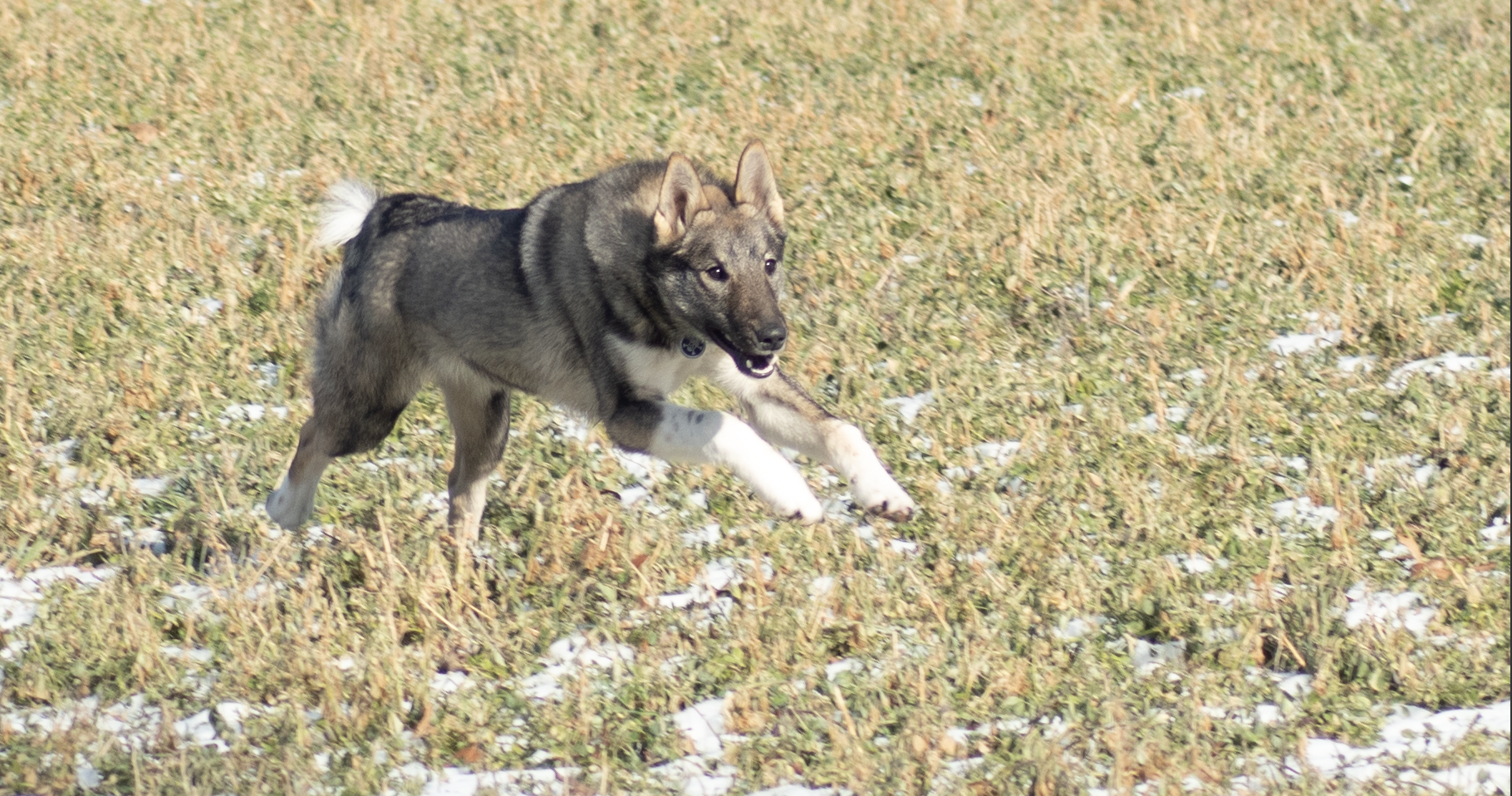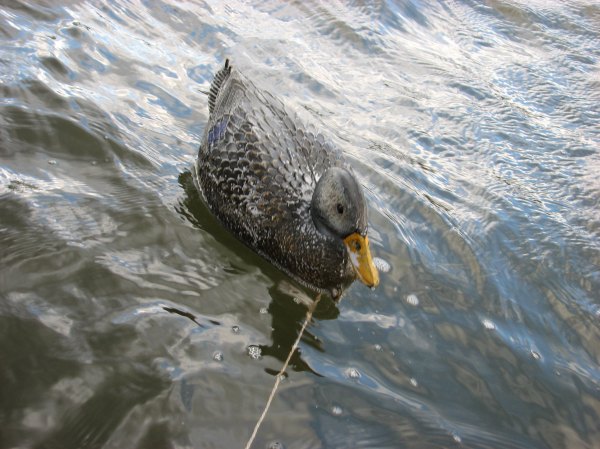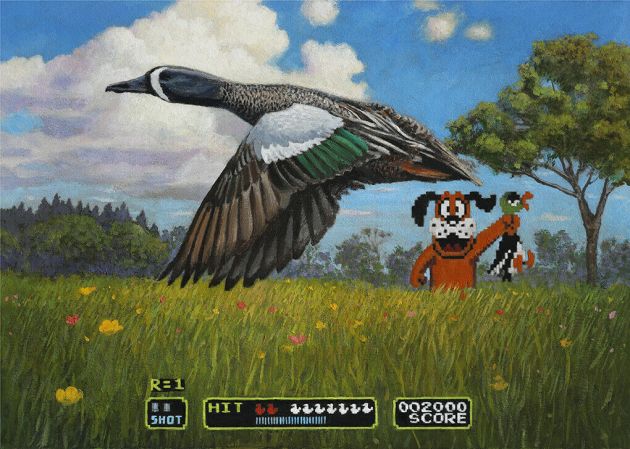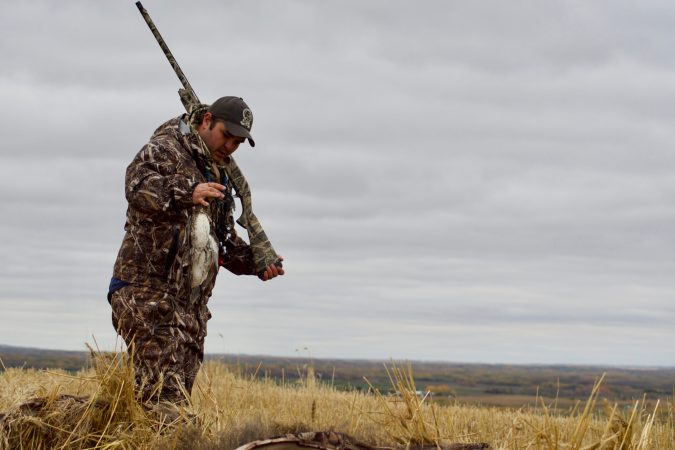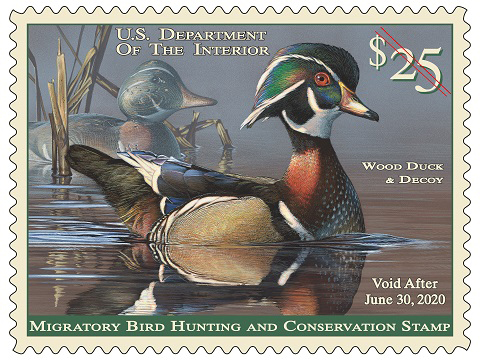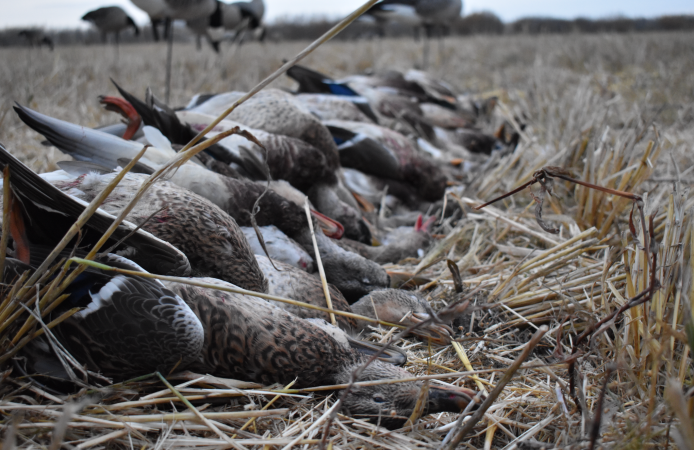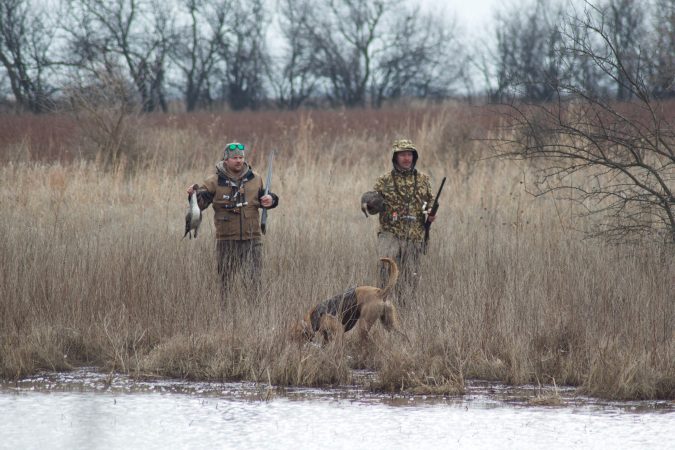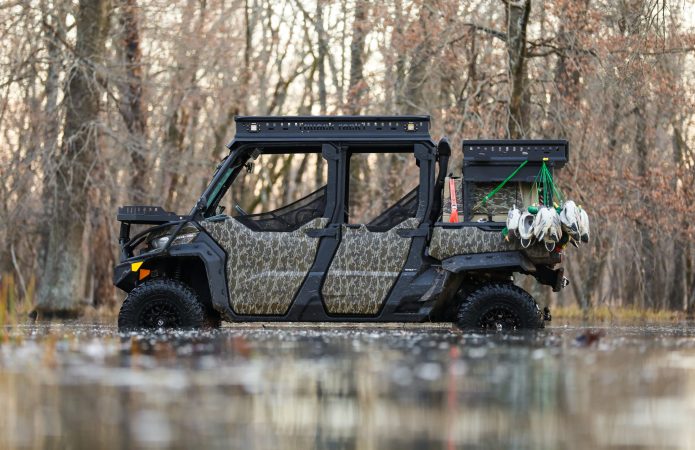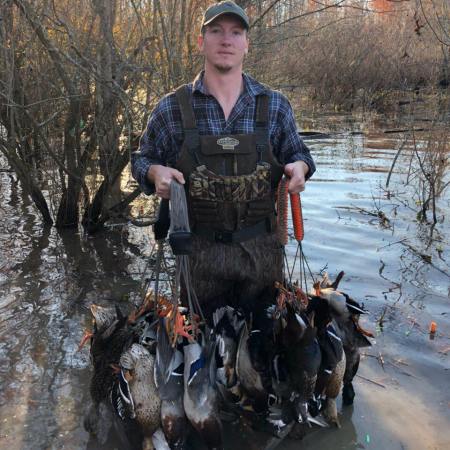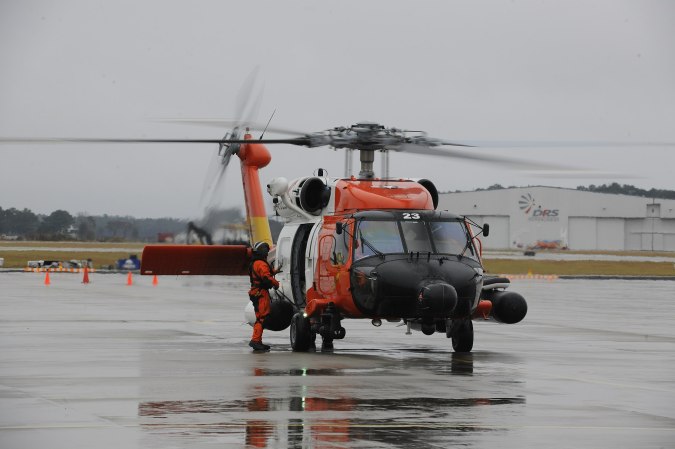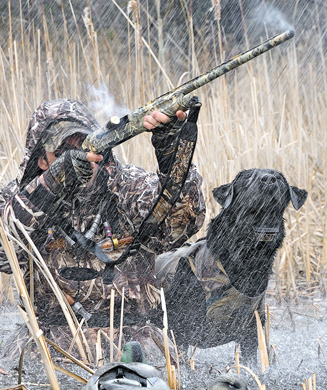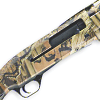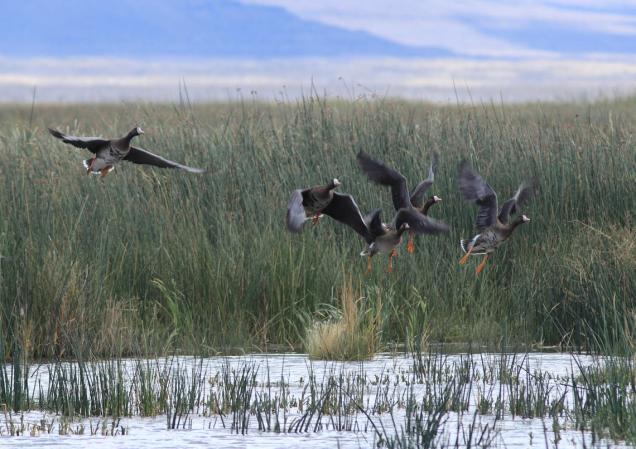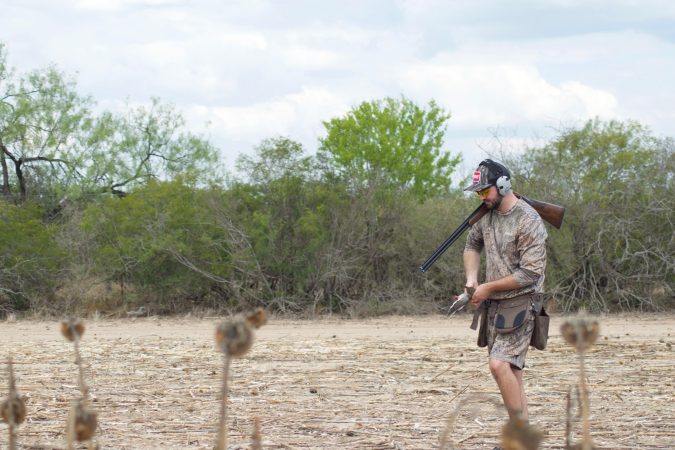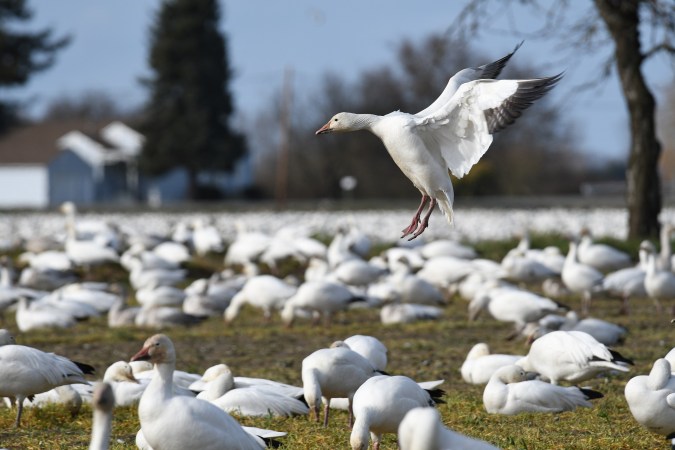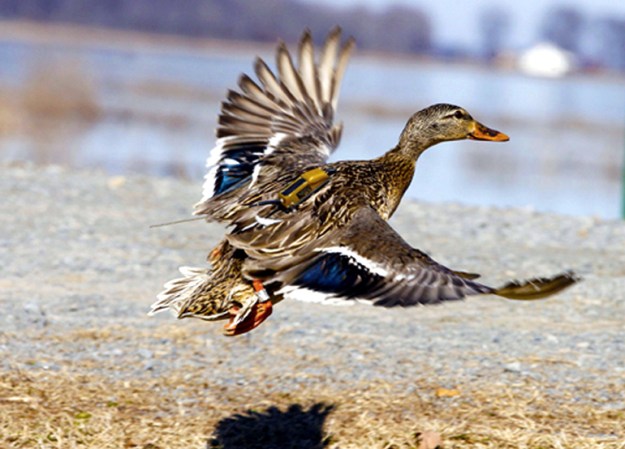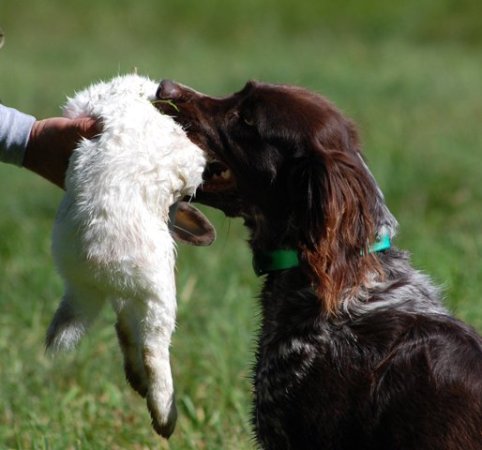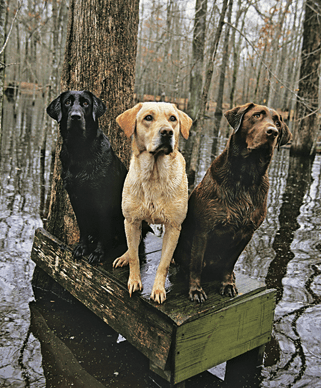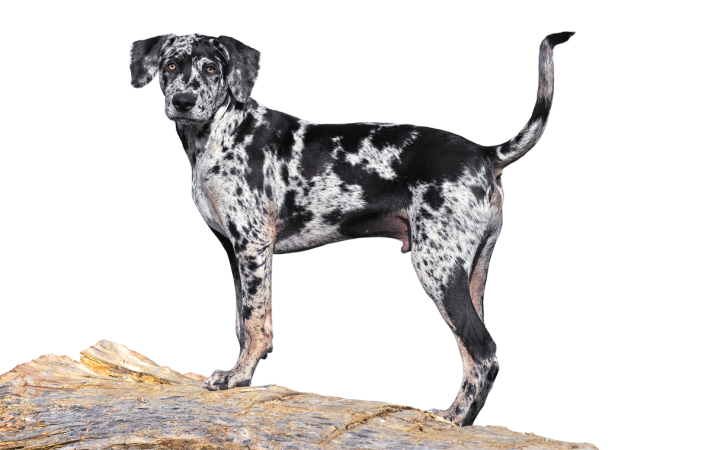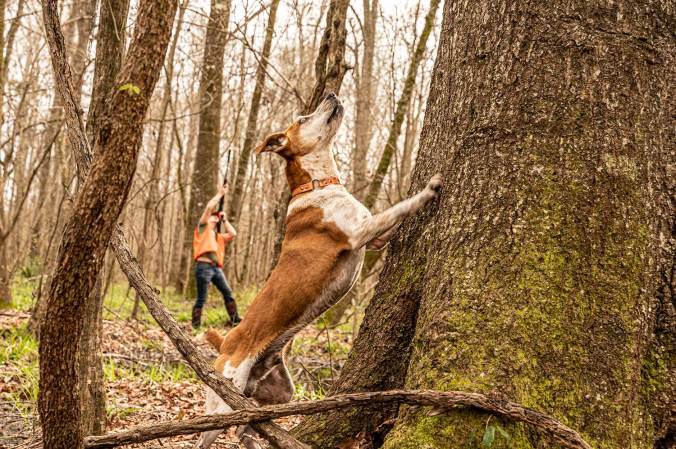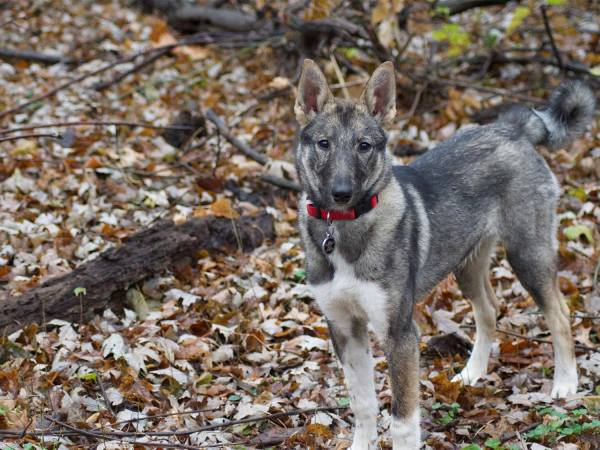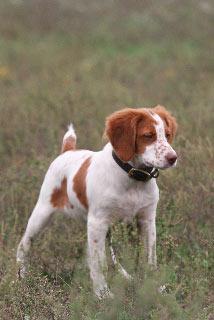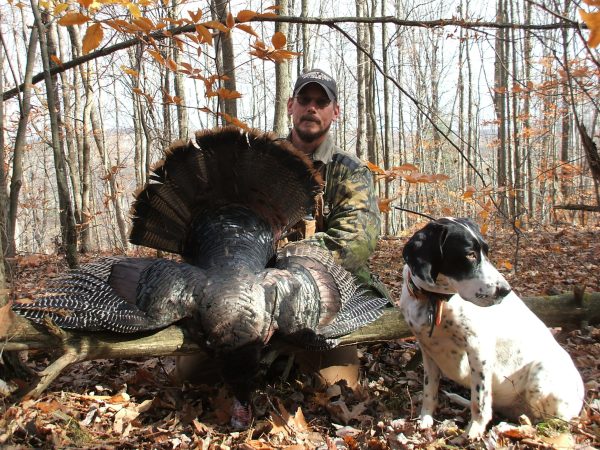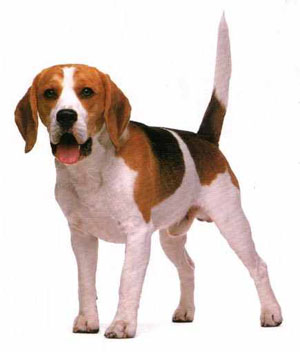As an owner and breeder of a rare hunting dog breed, the Deutsch Langhaar, I get plenty of questions from fellow bird hunters who have never heard of, nor seen, the gun dogs I follow behind each fall in pursuit of grouse, Hungarian partridge, chukar, quail, and other birds. I like that my dog is equally at home on a steep mountainside or in a salt marsh.
But Deutsch Langhaars aren’t for everyone. That’s the beauty of the hunting dog world: there’s a great dog to suit every need or preference. Keep in mind, too, that popularity isn’t a good measure of a breed’s ability in the field. Various historical factors have contributed to the relative success of one breed over another, and of course popularity is a double-edged sword when it comes to maintaining a breed’s form and function. But for those willing to be honest about their expectations and willing to put in some effort and research, the vast world of hunting dog breeds is full of possibilities.
No matter your motivation, opening your search up to some of the more underrated dog breeds is guaranteed to expand your horizons and deepen your appreciation for the diversity of hunting dogs around the world. —Jennifer Wapenski
Why Choose an Uncommon Hunting Dog?
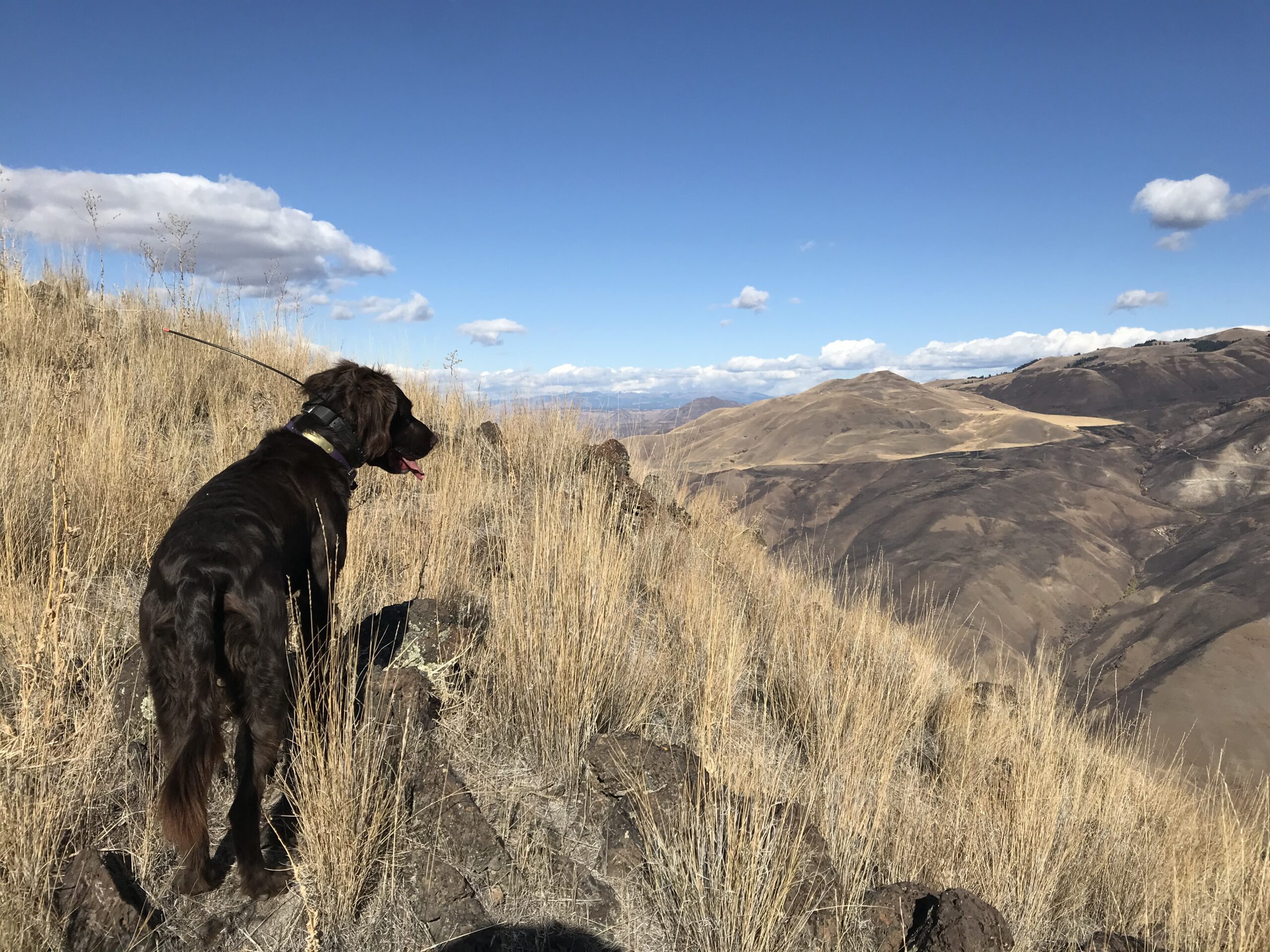
For all the highly-capable setters, pointers, Labradors, Cockers, and Springers out there, you may wonder why anyone would put in the effort to get something “different.” The truth is, if there was one perfect dog, we wouldn’t have the hundreds of breeds that we have today. As much as our hunting styles, personalities, training approaches, and home lifestyles differ, so too do our ideal hunting dogs.
People might be drawn to less-common breeds for the sake of having something different from what everyone else has, or maybe there is a specific need they are trying to fill. Rare breeds often have very tight-knit communities and, especially if it’s a breed club working hard to promote and preserve hunting skills, might be the new social network you didn’t know you needed.
Some of the less-common breed clubs will only place dogs in hunting homes, knowing that a popular pet market can be detrimental to preserving the natural hunting skills of the breed. You don’t have to look farther than the Weimaraner, Irish setter, or golden retriever to see examples of how popularity can dilute hunting abilities within certain lines.
While “rare” does not automatically mean “better,” there are breeds out there with incredible hunting talent and perhaps not as much recognition as they deserve within the hunting community. If you’re in the market for your next gun dog and interested in something a little off the beaten path but still more than capable in the field, consider broadening your horizons by exploring these underrated breeds. —JW
Most Underrated Pointing and Versatile Dog: Kleine Münsterländer
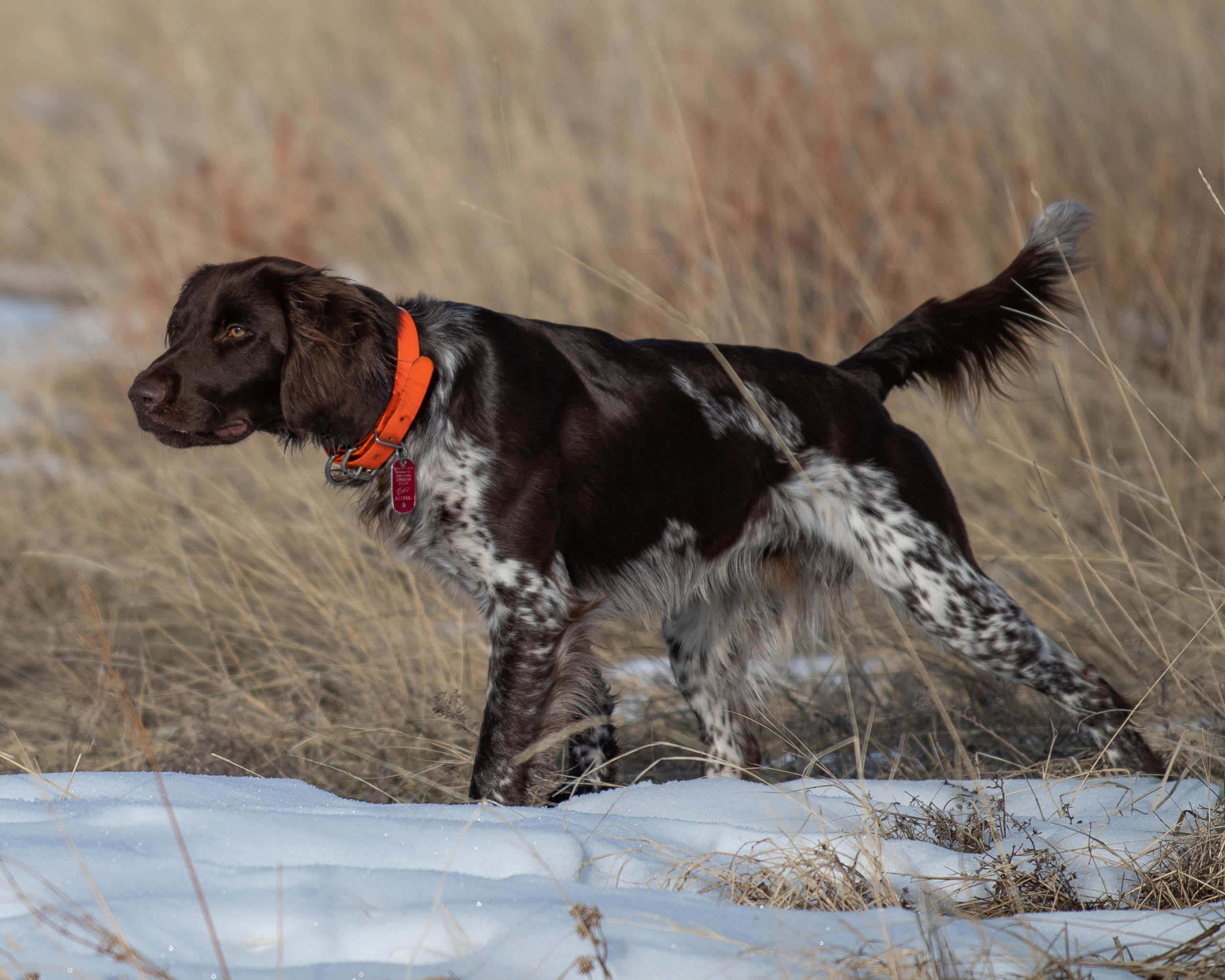
The Small Münsterländer is growing in popularity among hunters and non-hunters alike, with annual North American Versatile Hunting Dog Association (NAVHDA) registrations more than double what they were a decade ago. But there’s a separate branch of the breed—some consider it a separate breed altogether—that fly under the radar of most bird hunters. The Kleine Münsterländer, or KlM, follows the German testing and registration system just like Drahthaars, Kurzhaars, and Langhaars. And like those breeds, the German-registered dogs use the German-language name to differentiate themselves from their American-bred counterparts.
The KlM is a highly versatile pointing dog in a slightly smaller package than the other breeds in this category. The dogs are run through JGHV hunt tests alongside Drahthaars and other more-familiar German breeds and, most importantly, must pass those tests prior to breeding. What this system yields are very consistent, performance-oriented dogs with only proven hunting dogs in each pedigree.
For hunters interested in all the versatility of small game hunting, KlMs are excellent on rabbits in addition to upland birds and waterfowl. They can also blood track, making them useful in the recovery of wounded big game where legal. While not specialists in any one subject, KlMs are well-rounded and capable of taking on just about any hunting task.
If you’ve had your eye on a Small Münsterländer but were unsure about selecting a quality breeding with proven hunting lines, or if you like the proven versatility of a German-registered dog without the intensity of a Drahthaar, then it’s worth checking out the Kleine Münsterländer before choosing your next hunting companion. —JW
Most Underrated Flushing Dog: Field Spaniel
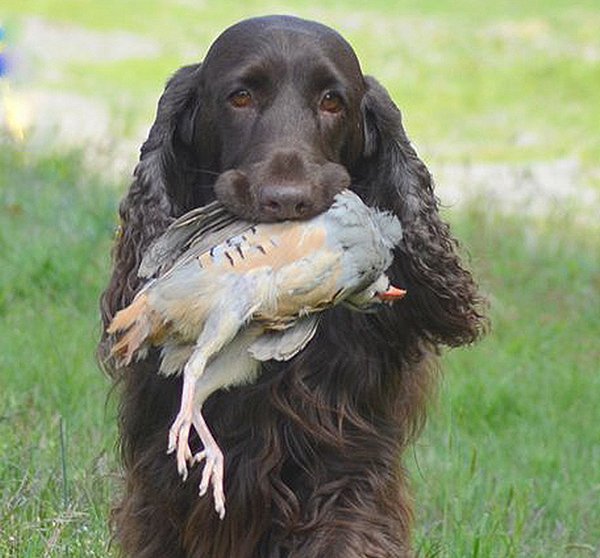
Field-bred English cockers are all the rage right now. Upland hunters across North America are adding the energetic little flushers to their kennels, either as a complement to a team of pointing dogs or as standalone flushing dogs. The cocker spaniel’s antics and boundless energy are hallmarks of the breed.
But there’s a world of spaniels beyond the Cocker and the Springer and, even though many of the breeds have found their status as house pets to overwhelm their historical hunting instincts, there can still be quality hunting dogs found within the ranks of many spaniel breeds.
The field spaniel is a great example of a breed that hasn’t split into distinct field and show lines. But they are rare and securing one can be difficult. They are known to be excellent bird-finders with a strong willingness to please their handler. At home, owners report that they are generally easy-going and adaptable.
For those willing to put in the research, meet dogs firsthand, interview several potential breeders, and likely travel a good distance for the right dog, a field spaniel could be a great fit as their next flushing dog.—JW
Most Underrated Retriever: Standard Poodle
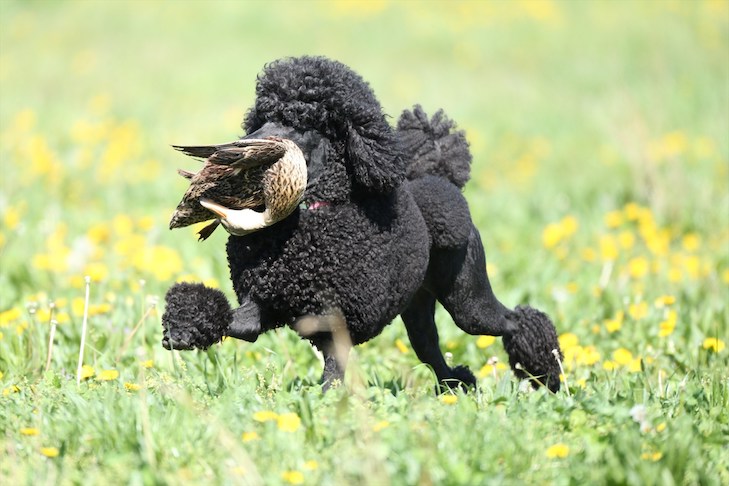
In a field dominated by British and American Labs the standard poodle doesn’t get a lot of recognition as a hardcore duck dog. For those who live and hunt with them, though, the hunting poodle’s effectiveness in the duck blind is no secret.
Despite finding themselves in the AKC’s non-sporting group, the standard poodle traces its origins to waterfowling dogs in France and Germany. The tight, curly coat is as utilitarian as it is beautiful. The poodle’s famous intelligence—the same trait that led to their popularity as circus dogs—can carry over nicely into hunting and training. Their independent nature often requires a different approach, but for the hunter willing to work cooperatively with their individual dog, the rewards are many.
Most hunting poodles are built for retrieving waterfowl, but the poodle’s usefulness in the field extends beyond the duck blind. Their independence translates nicely into flushing upland birds such as pheasants and quail. They have excellent noses combined with plenty of working drive, which, when channeled into bird hunting, can make a very effective combination.
As with other breeds that have enjoyed popularity as a pet, a hunter looking for a hunting Poodle should plan to do a lot of homework. Whether or not a true “hunting line” exists is a subject open to spirited debate within the poodle community but finding one with the right type of drive and desire to work will go a long way toward a successful hunting career. —JW
Read Next: The Best Hunting Dog Breeds for Every Game Animal
Most Underrated Treeing Dog: West Siberian Laika
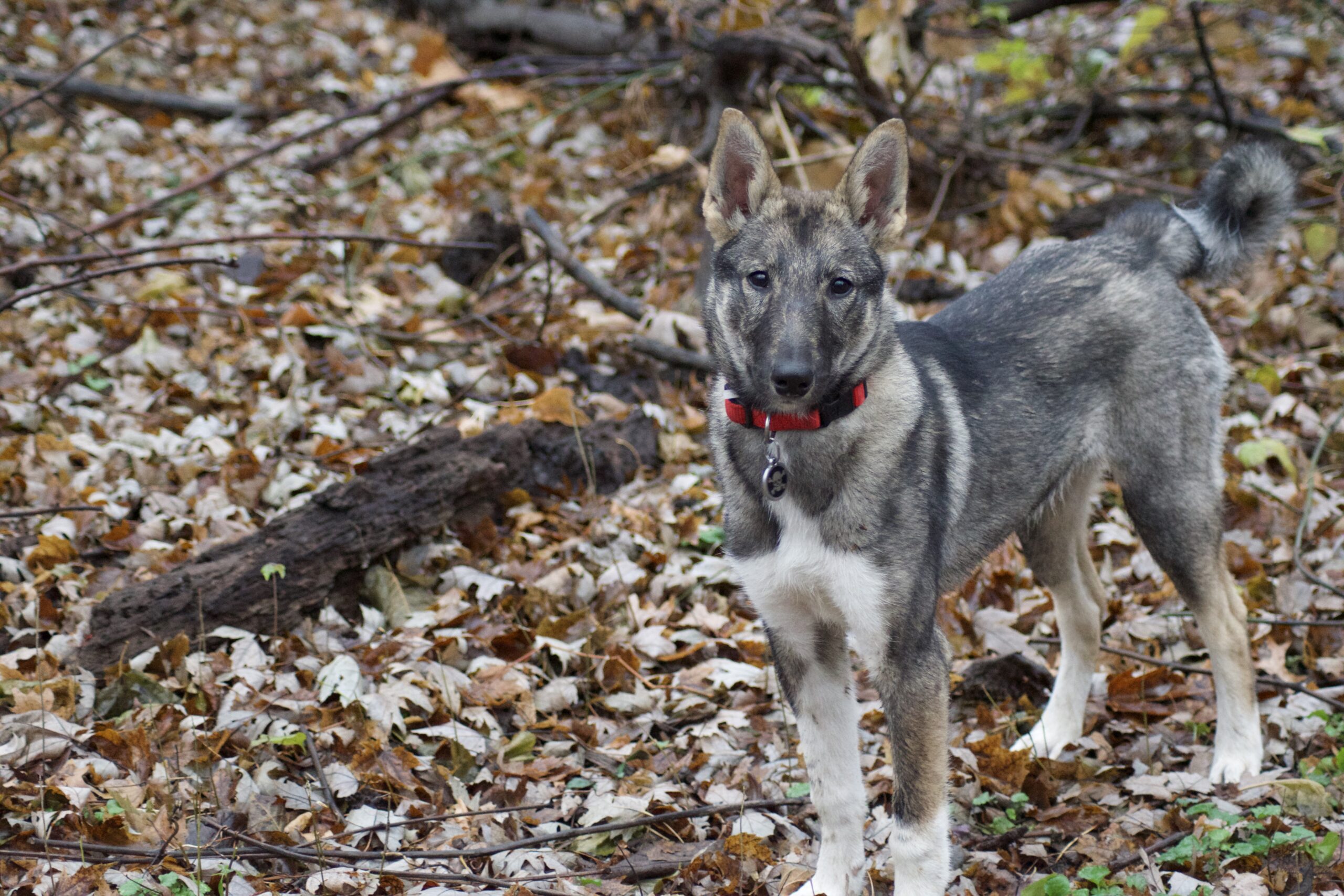
Squirrel and raccoon hunters have long favored feists and curs for treeing game. Both breeds are well suited for that task, but the West Siberian Laika is more versatile. It’s a breed that’s always on the hunt, from stalking songbirds in your backyard to bark-treeing grey and fox squirrels. Laikas were used in ancient Russian civilizations to bay wild boar and bears—which they are still capable of—and for protection to keep predators out of camp. They can scent track dead game and will learn to hunt just about any critter you want them too. Best of all, you don’t train laikas to hunt; it’s already in their blood. Just run through basic obedience training and then take them hunting—they figure out the rest on their own.
Laikas need a lot of property to roam or they need to be exercised hard (I typically run my laika 30 miles a week in the offseason). Laikas are not city dogs. They must be off leash to hunt as much as possible, even when you don’t have a gun in your hands. Laikas are primal den animals—some owners do not even feed their dogs, allowing them to hunt for food—that are also incredibly loyal. Many will only obey the commands and hunt for one owner.
Finding a pure bred laika can be a challenge. Make sure it is UKC registered. Vladimir Beregovoy, the man who brought the breed from Russia to the U.S., is still selling litters in Virginia, and Darren Petty is another great resource to locate pups. There are several laika groups on Facebook, and that’s one of the best places to get started. —Joe Genzel
